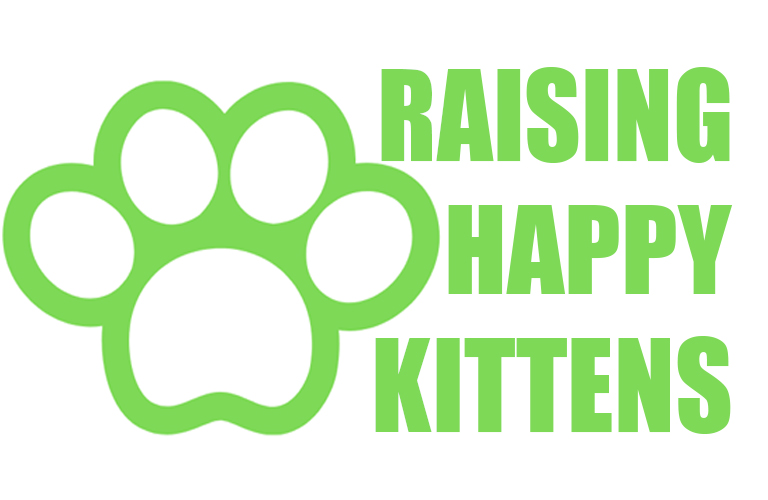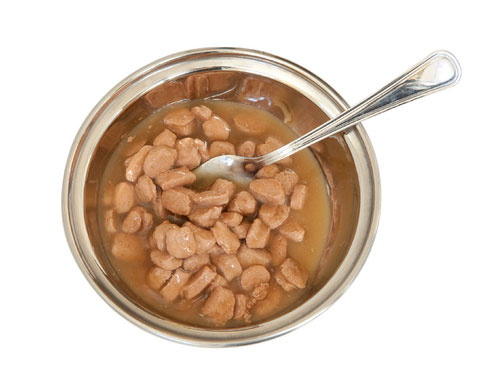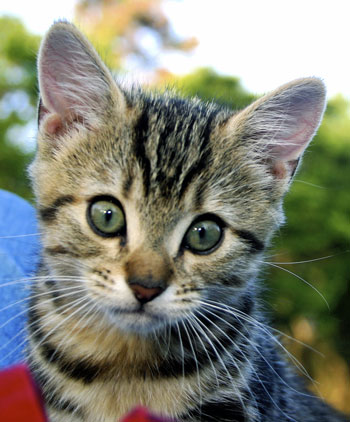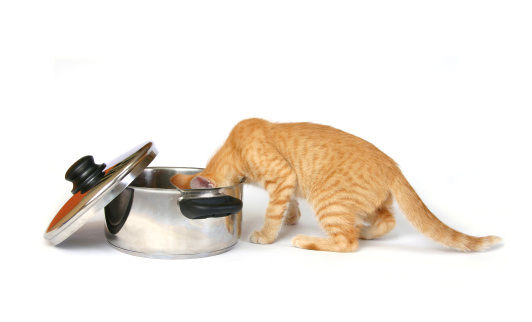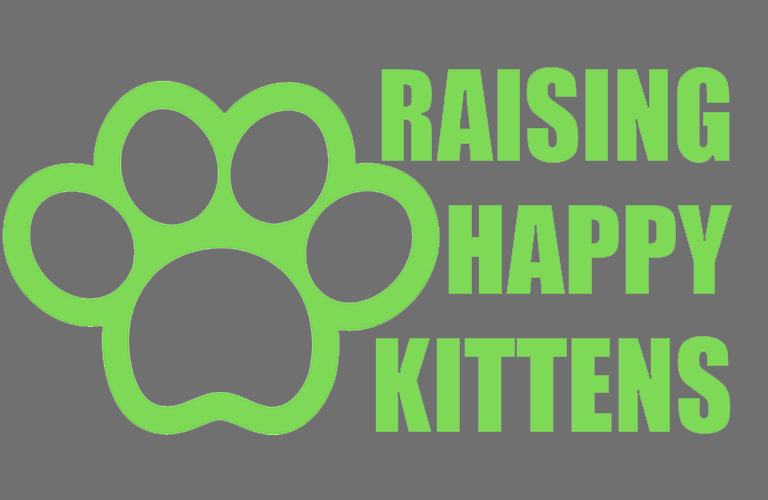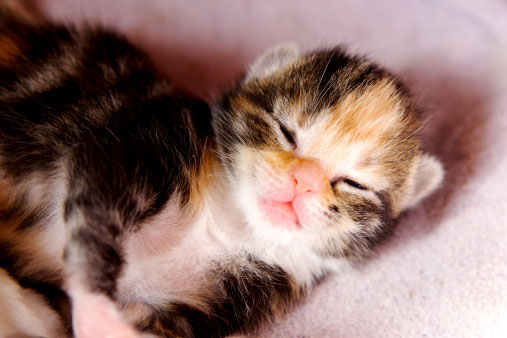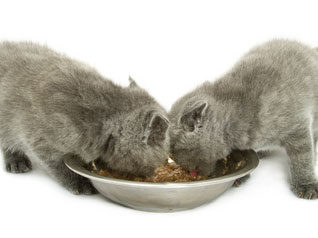Grain free cat food is, sadly, a rare thing indeed.
But if grains are so bad, why are they so commonly found in even “healthy” cat foods?
Here are some facts about most commercial non grain-free formulas and why they are missing the mark when it comes to your kitten’s nutrition.
Grain Free Cat Food Approximates a Natural Cat Diet
Your cat and all her ancestors are meat eaters. In the wild, cats will eat most parts of their prey, including skin, bones, and organs.
After they have finished a meal of fresh rodent, they do not go around looking for corn, wheat or soy to round it out.
Not only are such grains unnecessary, but they are harmful to cats when they comprise a large portion of their diets.
A host of ailments including liver disease, irritable bowel syndrome, and cancer can all result just from poor dietary intake and lack of a grain free diet.
Over time, such a lack of a species-specific diet can have dire consequences for your feline. It is not just the over-abundance of grains and fillers, but the lack of a quality protein source that deteriorates their health.
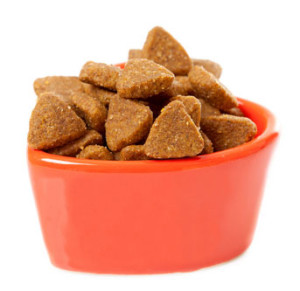 This is especially true with dry kibble–with a few exceptions, dry cat food is one of the worst things you can feed your cat.
This is especially true with dry kibble–with a few exceptions, dry cat food is one of the worst things you can feed your cat.
Not only does kibble lack real nutrition, but the lack of moisture can cause kidney and bladder stones, and urethral blockages especially in males.
Since cats don’t often seek out water in the wild, they can easily get dehydrated. Most of their moisture is meant to come from their prey.
Commercial Cat Food is Big Business
This brings us to the question of why corn, wheat, soy, and gluten is so prominently featured in most commercial cat foods–it’s cheap.
The cost of using grains to make up the volume of cat food is much less than using meat products in a grain free cat food.
If we know that such foods are not nutritionally adequate, then why do these foods persist?
Because veterinary nutrition is not a strongly emphasized in vet school, and many feline illnesses are never linked to nutritional deficiencies.
It seems rather clear though that if she isn’t a eating grain free cat food then over time disease and illness will catch up with her.
Just Don’t Buy It!
Ignore labels that say “natural” or “indoor formula” or even “prescription.”
Little meaning goes behind these terms, except that the marketing department knows they make the product sound good.
The worst offender is Hill’s Science Diet Cat Food, because they have a variety of “special” formulations that mean little and are very high in corn content, yet veterinarians everywhere jump on the Science Diet bandwagon for their commission-based sales.
(Really, frustration should be targeted at these so-called health professionals who we rely on to know better!)
Best Commercial Grain Free Cat Food Options
There are two well-known brands of grain free cat food: Evo and Wellness Kitten and Cat Food.
Both of these brands are nutritionally balanced and well-reviewed.
The Wellness Core Variety is the one dry grain free cat food that we stand behind, with one caveat: be careful if you have a male cat prone to urinary tract issues.
The Wellness grain free cat food kibble is basically little bits of dehydrated meat.
If you want to increase your kitten’s moisture intake, you can mix it first with a little water or chicken broth.
